The Queen’s Gurkha Signals (QGS) is a part of the British Army’s combat support arms, known as the Royal Corps of Signals. Along with other units such as The Royal Gurkha Rifles, Queen’s Gurkha Engineers, etc. QGS is a crucial part of the Brigade of Gurkhas. QGS was established to assist the 17th Gurkha Division during the Malayan Emergency.
The Queen’s Gurkha Signals Hat (QGS Hat) is a Gurkha Hat put on by the army personnel of the Queen’s Gurkha Signals unit while on active duty or during parade. So, the hat has to be of made to the made for optimum comfort while protecting the soldier from harsh heat in hot weather conditions. The primary hat structure is made of 100% Felt Wool. This material ensures extreme comfort when you put on the hat while protecting you from harsh heat of the day in hot weather. The QGS regimental badge is provided with the hat. The hat comes with an adjustable leather chin strap to secure the hat to your head when you put it on.
A brief history about Gurkha Hats:
It is now more than one hundred years since the fore-runner of the Gurkha Hats, has become synonymous with the Gurkha soldier. The Gurkha Hat was first introduced into Gurkha Regiments for field service wear. The hat went on to be worn by Gurkha units on the frontiers of India and in all the operational theaters during both the World Wars. Today, it is worn by Gurkha units of the British and Indian Armies, the Nepalese Army, Gurkha Reserve Unit of Brunei and the many Gurkha police and security units that have been raised around the world.
In The British Army, it is no longer worn in the field and its wear is now primary confined to parades and ceremonial duties. The origin of Gurkha hats date from the beginning of the 20th Century when a substitute form of head dress was being actively sought to replace the Kilmarnock Hat for wearing on field service. The Kilmarnock Hat, which had been adopted during the second half of the 19th Century and had become the universal head dress of Gurkha Regiments, had very little to commend it when worn in the field. It neither gave protection from the burning sun nor the heavy monsoon rain. Over the years, a number of modifications was made to it both by the authorities and individual battalions. In 1864, the Adjutant-General’s Department in India had sanctioned khaki covers for wearing on field service. Later a flap was hooked on to the cover at the back of the Kilmarnock to protect the neck from the sun. When 4th Gurkhas went to China in 1900 following the Boxer Rebellion, a wired brim, narrow in front and wide at the back, was fitted over the Kilmarnock as protection from the sun. During the 2nd Afghan War of 1878-80, 3rd Gurkhas had for a time worn a puggaree. This drew derision from 2nd Gurkhas, because in Nepal the puggaree was viewed as being the outward sign of a man from the plains. Nevertheless, following the Tirah campaign on the North West Frontier in 1897, 2nd Goorkhas also considered replacing the Kilmarnock with the puggaree for wearing by both British officers. This is how original designs of the current Gurkha hat was started wearing by the British Gurkha armies.

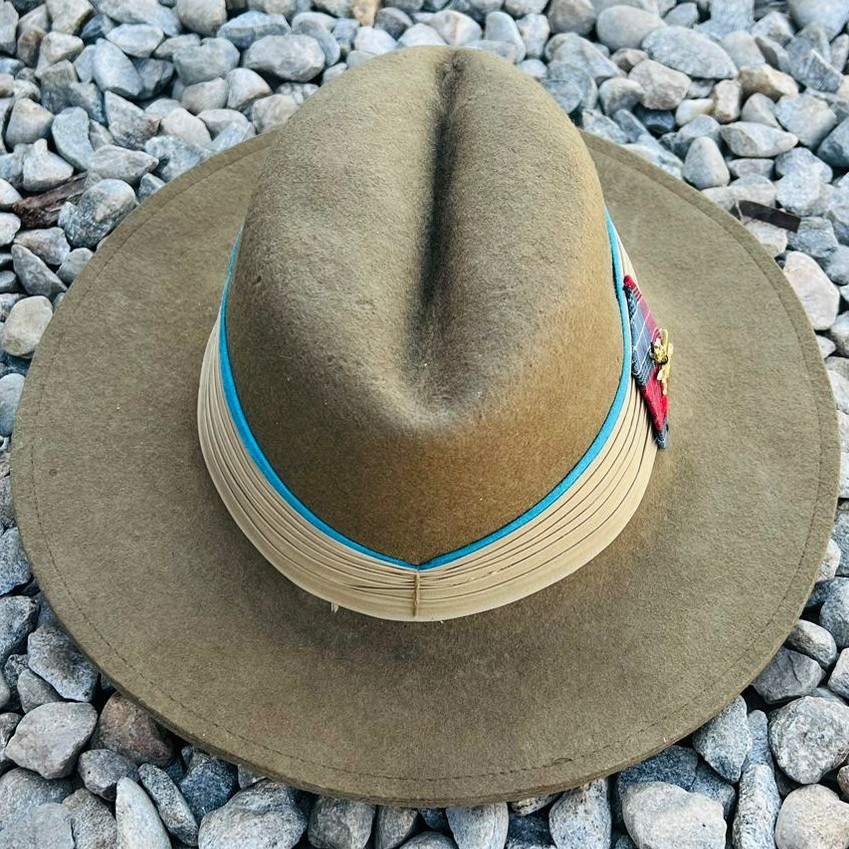
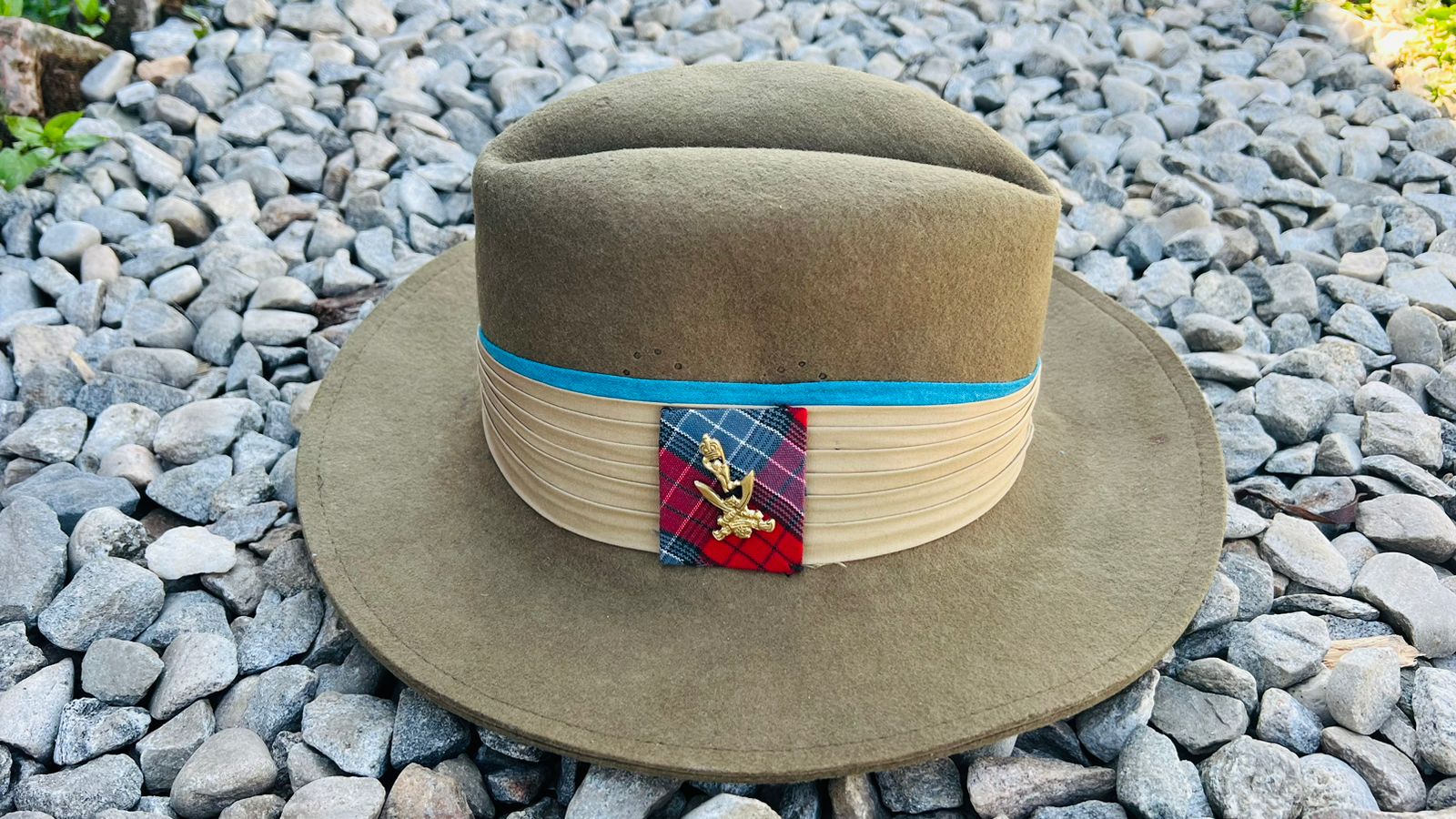
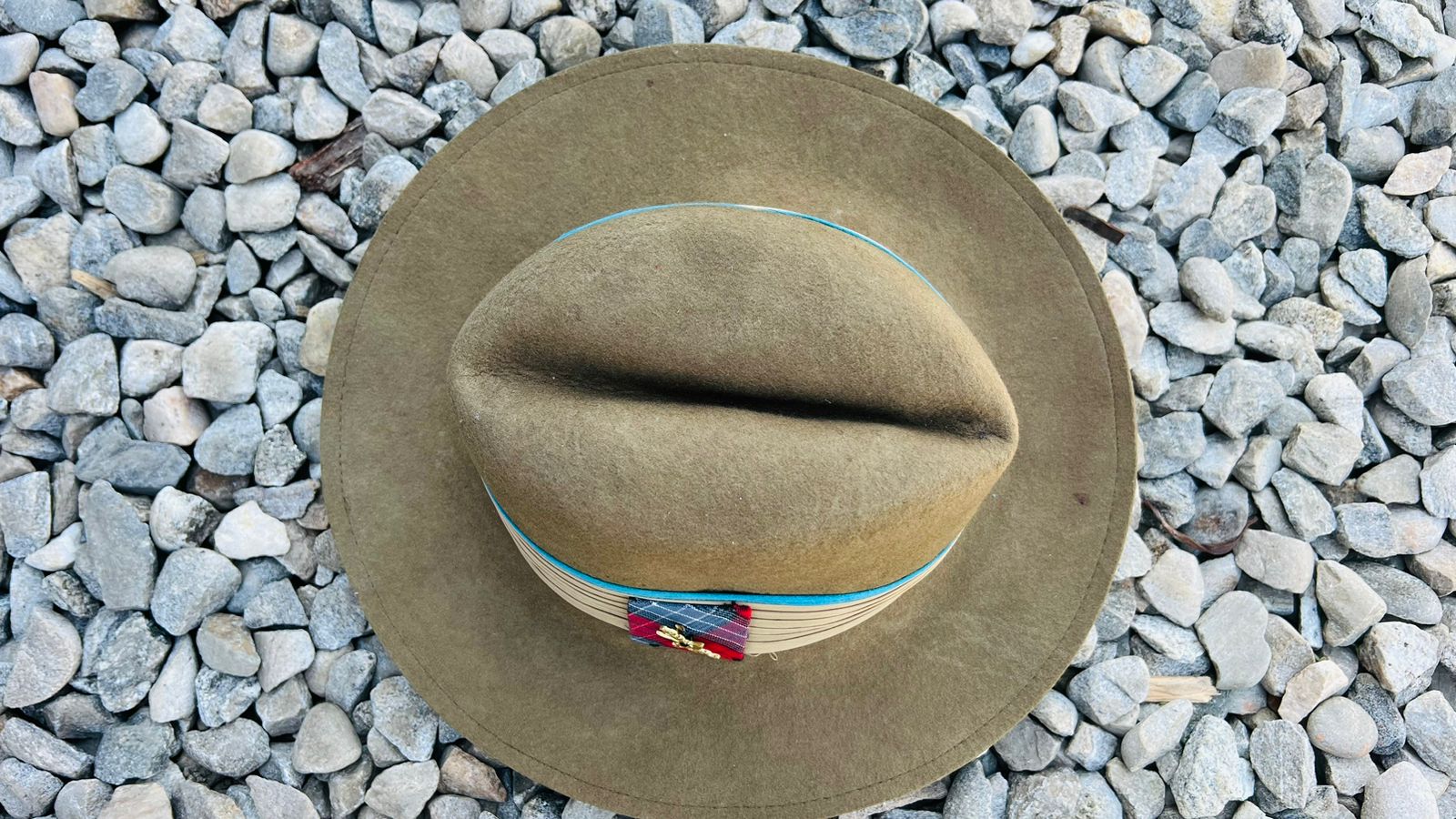
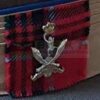
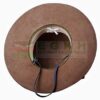
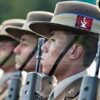
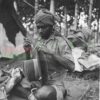
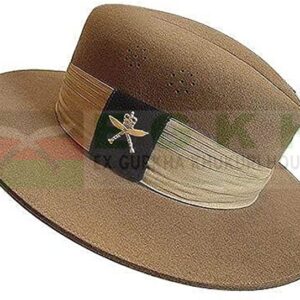
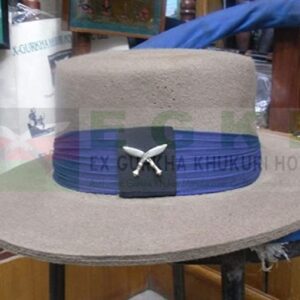
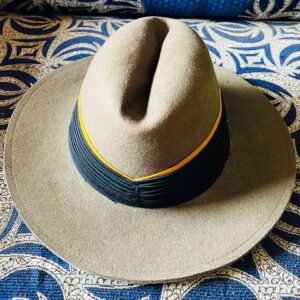
Reviews
There are no reviews yet.